Art nomadism
In conversation with nomadic artist and photographer Paula Roush.
I first met Paula in 2017 at the Summer of Love, part of Hackney Wicked Festival, exhibiting her photographic project Flora McCallica. A couple of weeks later, I visited her at her home, a large warehouse by the River Lea in Bow Locks, East London.
Since then, I have followed her from one home to the next; when Paula moves, an entire world moves with her. The fluidity of her houses utterly attracts me because they are more than homes. Each move corresponds to the relocation of a photographic studio, an art gallery, an archive and a place to hold exhibitions, performances or workshops.
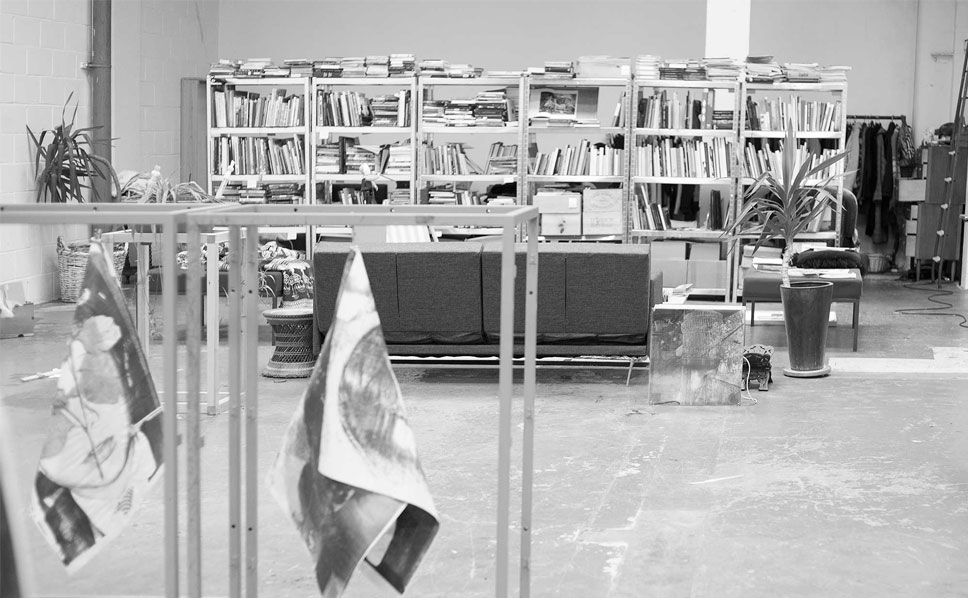
In a conversation with Paula, we discussed moving, displacement and relocation in her life and artistic practice.
M:
Paula, can you think of a major move that marked your life and career and kicked off msdm as a nomadic project space?
Paula:
I have had two significant journeys in my life. The first one was when I went to the U.S. as a Fulbright student to get a post-graduate degree in Arts in Therapy. That was my initiation into art as a social tool. The second was when I moved to a warehouse in Whitechapel in 2015. That was my introduction to live-work spaces when I started looking after large warehouses awaiting redevelopment (‘meanwhile spaces’) and converting them into temporary house-studio-galleries. I knew these would be challenging journeys in both cases, and I would be facing the unknown, but the unknown has always appealed to me.
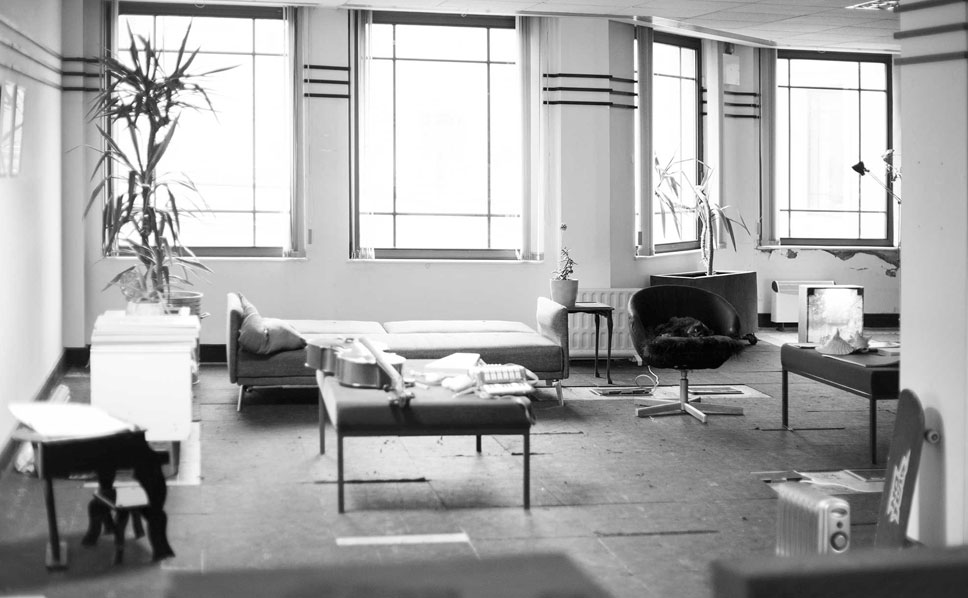
M:
So The Unit 8 in Bow was the second industrial space you moved to. After Bow, you lived in the iconic Croydon’s Electric House in South London, built in 1940 as the County Electricity Showroom. Where are you based now?
Paula:
I’m now based in Woolwich. After the second relocation, I realized I was creating a live-work model, working and exhibiting from one place. This can also be seen as an answer to the expensive rents of properties and artists’ studios and the ongoing gentrification in London.
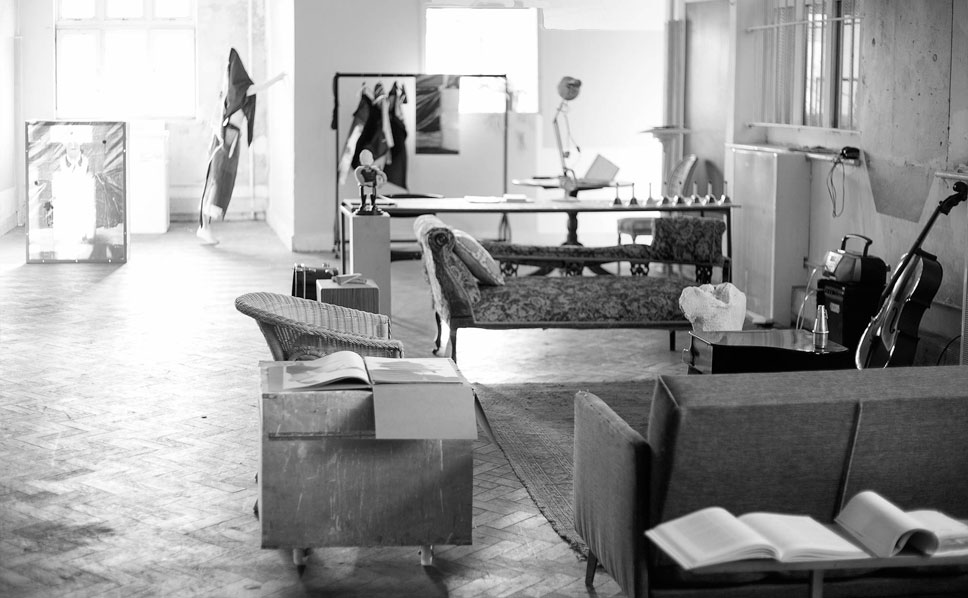
M:
Another aspect of your practice is that you create a connection with the local community anytime you move. So, your world is constantly expanding while embracing the context and starting a new conversation with it.
Paula:
That has a lot to do with my training and interest in social sculpture. I like site-specific artwork sourced from the environment the artist is working from. I also worked in Germany with the Bauhaus Kolleg with artists, architects, and urbanists researching the social production of space. This residency provided me with the conceptual tools to respond to gentrification and understand the displacements it generates. The artist is involved in this urban cycle as well. When I started the current house-studio-gallery model, I was aware of my positionality, and I also wanted to create a narrative about this industrial heritage. Every space carries a fascinating story, especially in London, which is so multi-layered.
M:
Is there an artwork or a project that is very much related to moving or relocation and displacement?
Paula:
Blackchapel has a lot to do with moving to a new place. It started when I moved to Whitechapel in 2015. I’m still revisiting it because I remain inspired by its possibilities. At that time, I didn’t know much about the space I was moving to. Soon after, through a lot of synchronicities, I realized I was building a picture of the space and people who crossed it through photographs and archaeology of the contemporary past. This narrative became the book Blackchapel Woundings.
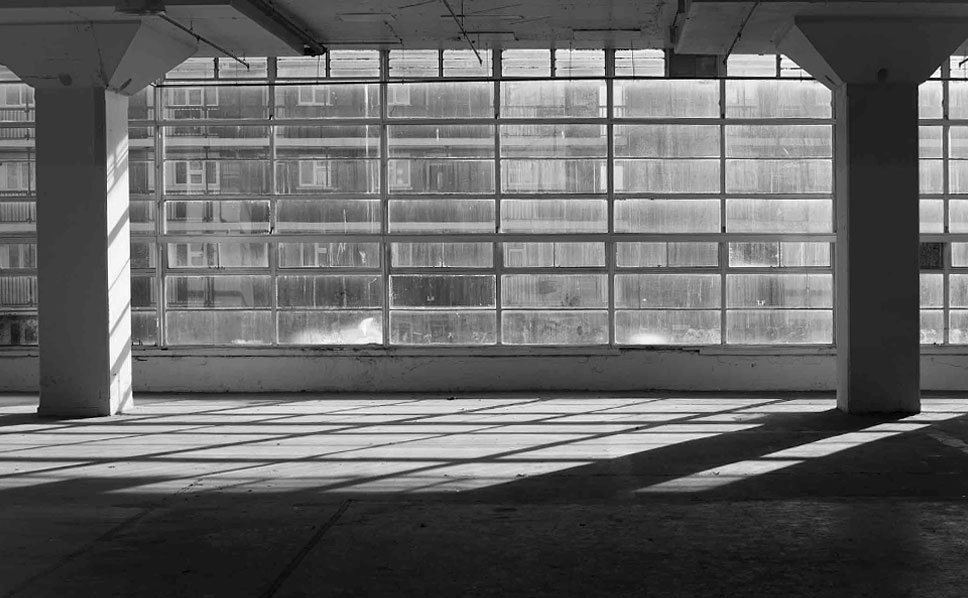
M:
Is there a downside to this choice of a nomadic project space? Any advice you could give to other artists who are keen to follow your path?
Paula:
It is essential to accept that these projects are temporary, and the buildings face demolition. One can’t get too attached, which is very difficult because they’re extremely appealing. It gets more complicated because I have a huge materials collection that grows from place to place. It is good to learn how to face changes. Therefore, a mindfulness-based approach can help deal with that process. There is nothing permanent about us; the energy keeps flowing. I’m dealing with life in that way, and I think the more we liberate ourselves, the better it is, in many aspects of our lives, including artistic practice, wealth and relationships.
M:
How do you feel now after experiencing a few moves? Is it getting more manageable for you to relocate?
Paula:
It’s more about accepting and learning how to cope with temporary situations, working on one’s mindset and learning how to deal with change. Meditation is becoming more and more important in my everyday life and art practice.
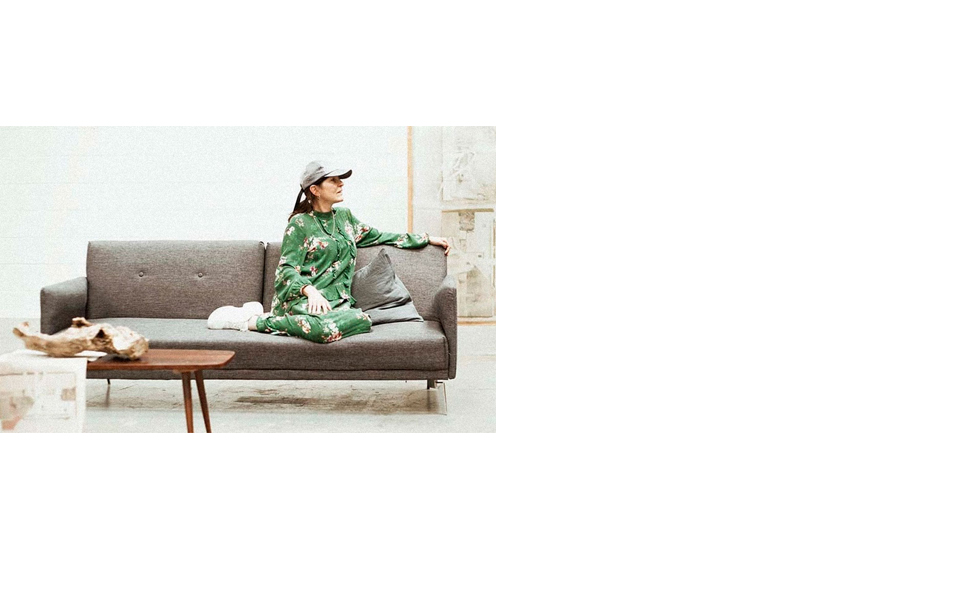
Follow Paula on
Twitter – Linkedin – msdm website



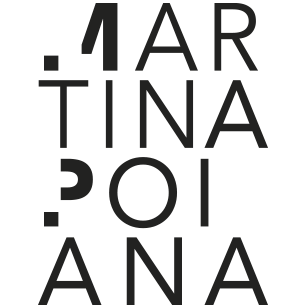
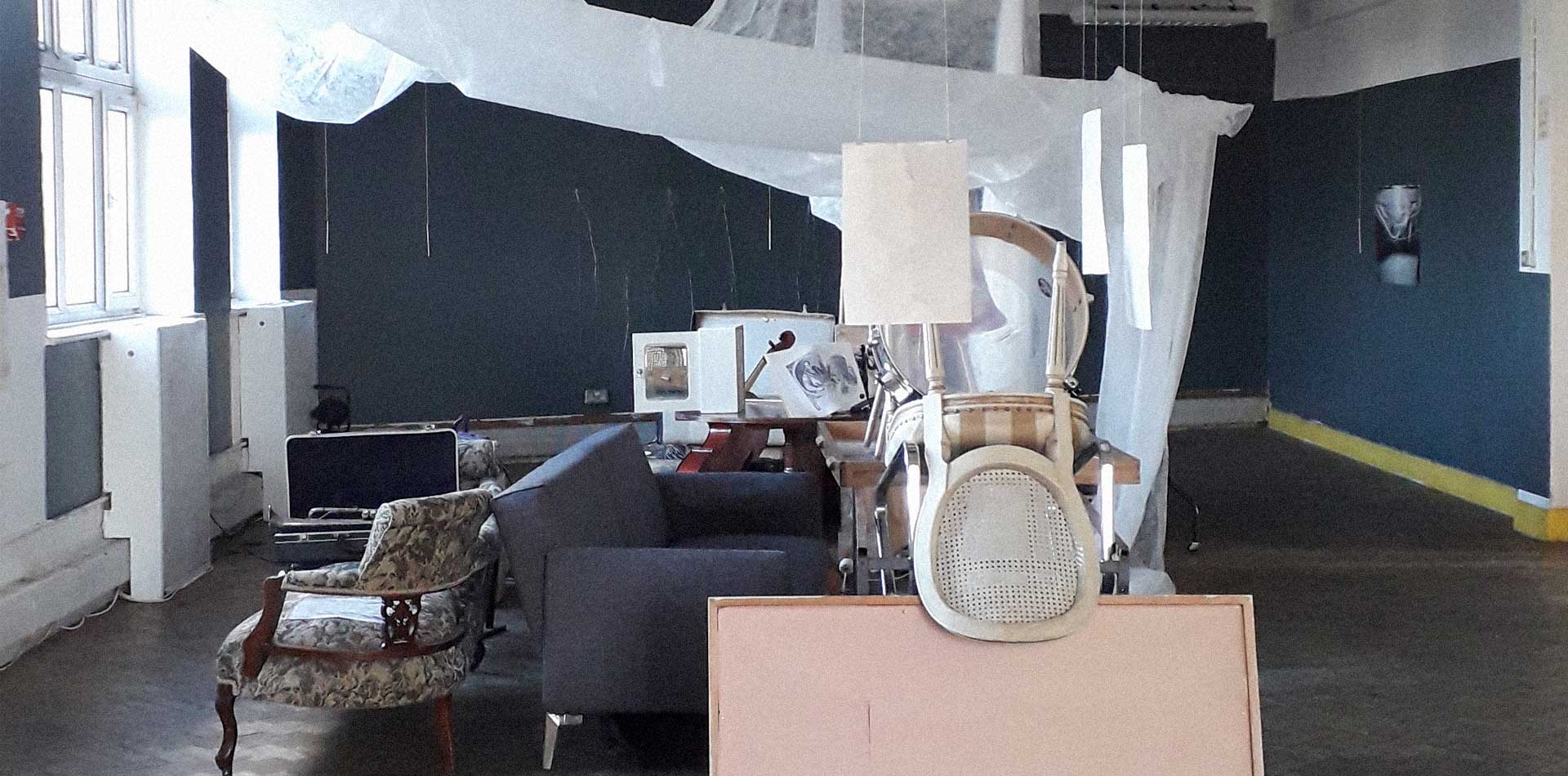
Excellent post. I definitely appreciate this website. Thanks!
Hi, thank you so much for your message. I’m happy you liked the interview. Have a good day!
Thank you very much!